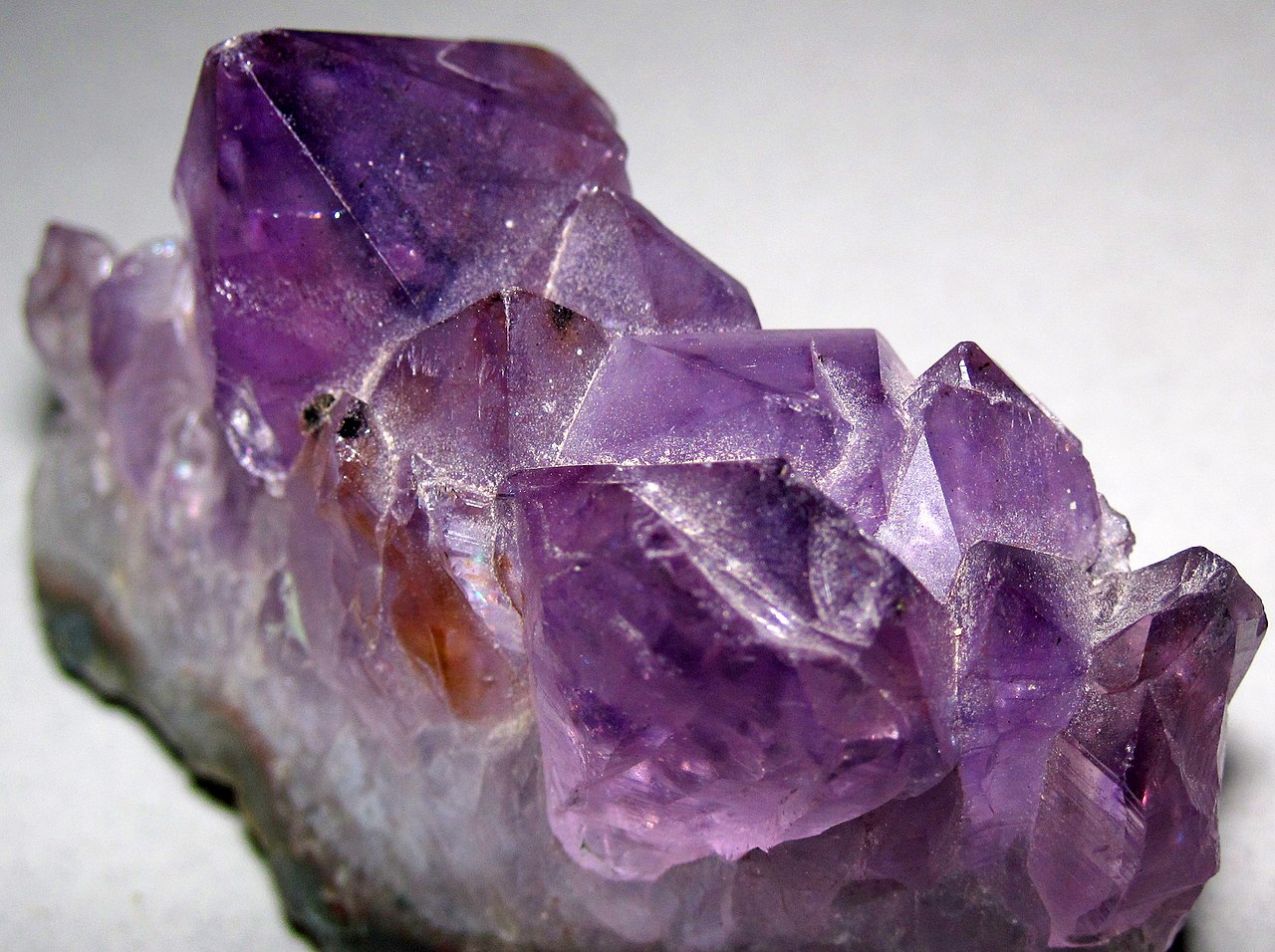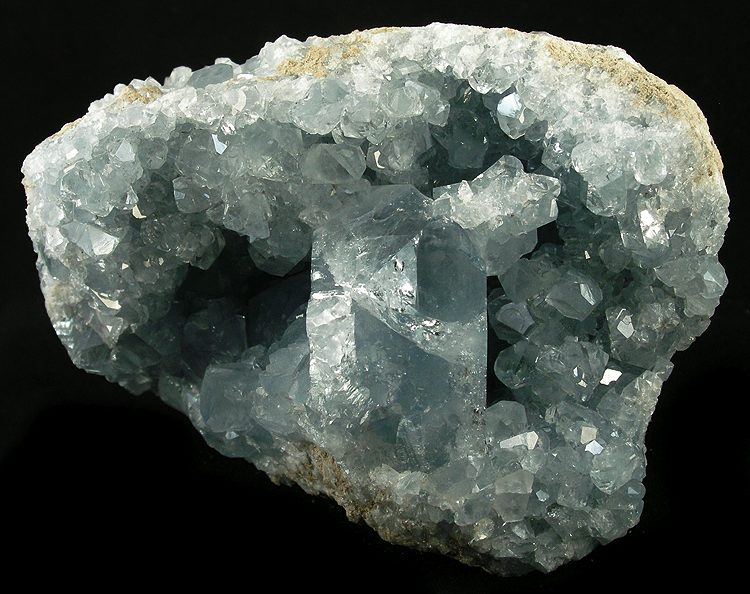Blog

#bioPGH Blog: Minerals, Crystals, and Sparkles
 A resource of Biophilia: Pittsburgh, #bioPGH is a weekly blog and social media series that aims to encourage both children and adults to reconnect with nature and enjoy what each of our distinctive seasons has to offer.
A resource of Biophilia: Pittsburgh, #bioPGH is a weekly blog and social media series that aims to encourage both children and adults to reconnect with nature and enjoy what each of our distinctive seasons has to offer.
I love having a collection of natural history treasures representing each state of the US! Here in Pennsylvania, our state bird is the ruffed grouse, our state flower is the mountain laurel, our state amphibian is the hellbender (love!), and our state tree is the eastern hemlock. There are two other contenders for state appreciation, though: the state gem and the state mineral. Pennsylvania is currently the only state not to have either, but there has been legislation in the past proposing amethyst as our gem and celestine as our mineral. Would you care to join me in exploring the sparkly side of Earth?
Amethyst
Pennsylvania is well known for a variety of vast deposits of minerals, including quartz, which is mined in this Commonwealth. (2) Amethyst is a vibrant, purple gemstone and the most beautiful type of quartz. (3) Amethyst appropriately represents Pennsylvania because it is found in Delaware County, Pennsylvania and has a captivating beauty…” –PA House Bill 1282
I particularly enjoy this royally fabulous crystalline mineral, which ranges in color from light to a deep, majestic purple. As a variation of quartz, amethyst’s color can be created by transition metals such as iron or a few other trace elements embedded in the silicon-oxygen crystal structure. Amethyst is thought to be formed by either historic volcanoes, hydrothermal veins, or slow underground movement of water over time. Here in Pennsylvania, amethyst can be found scattered in pockets around the state, particularly in the eastern half, and you are most likely to find it in Delaware and Chester Counties.

Image: James St. John, CC-BY-2.0
Celestine
Designating celestine as our State mineral will remind the residents of Pennsylvania that our Commonwealth boasts a rich natural history that is marked by a mineralogy of great beauty and diversity. This act will provide a positive experience to countless school children whose interest in Pennsylvania history and geology will be piqued. –PA House Bill 1282
It seems appropriate this time of year to be discussing a mineral called celestine. The shorts days and long nights give us plenty of time to dwell on the celestial beauty of stars – we can just shift our gaze downward to the beauty of celestial sky-blue crystals of our possible future state mineral celestine, also known as celestite. Despite the name, the crystals can range from light blue to white to a pale yellow, depending on the trace elements. The primary makeup of celestine is strontium sulfate, and it is generally found in limestones. Celestine can be found or has at least been mined in Berks, Blair, Cumberland, Juniata, Northampton, Northumberland, Snyder and Union Counties.

Image: Robert M. Levinksy CC-BY-SA-3.0
State Gem and State Mineral?
So, what do you think? Should these blue and purple crystals represent Pennsylvania on the gemological stage? I’m always in favor of a little sparkle!
Resources
The Keystone – Your Official Rock Hunting Guide to Pennsylvania’s Coolest Native Stones
Images: Header, Pexels publid domain; cover, idier Descouens CC-BY-SA-3.0

